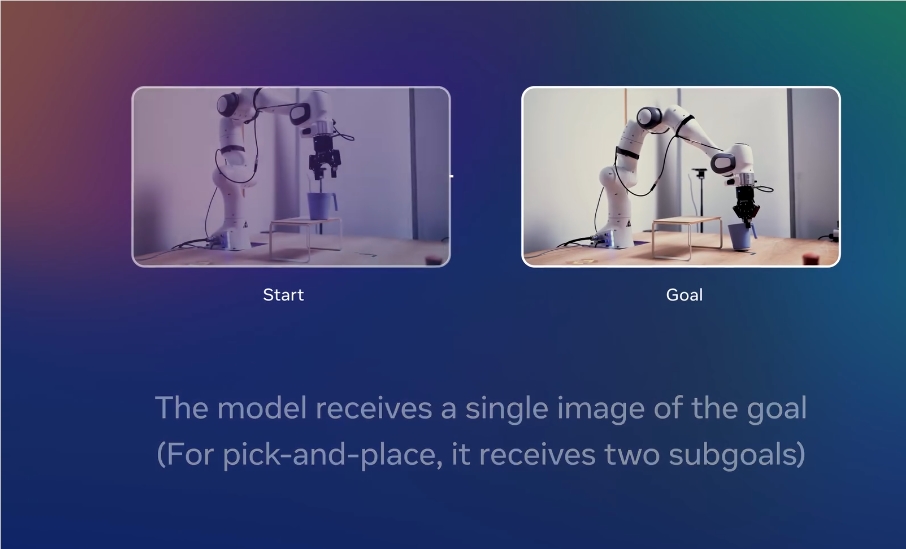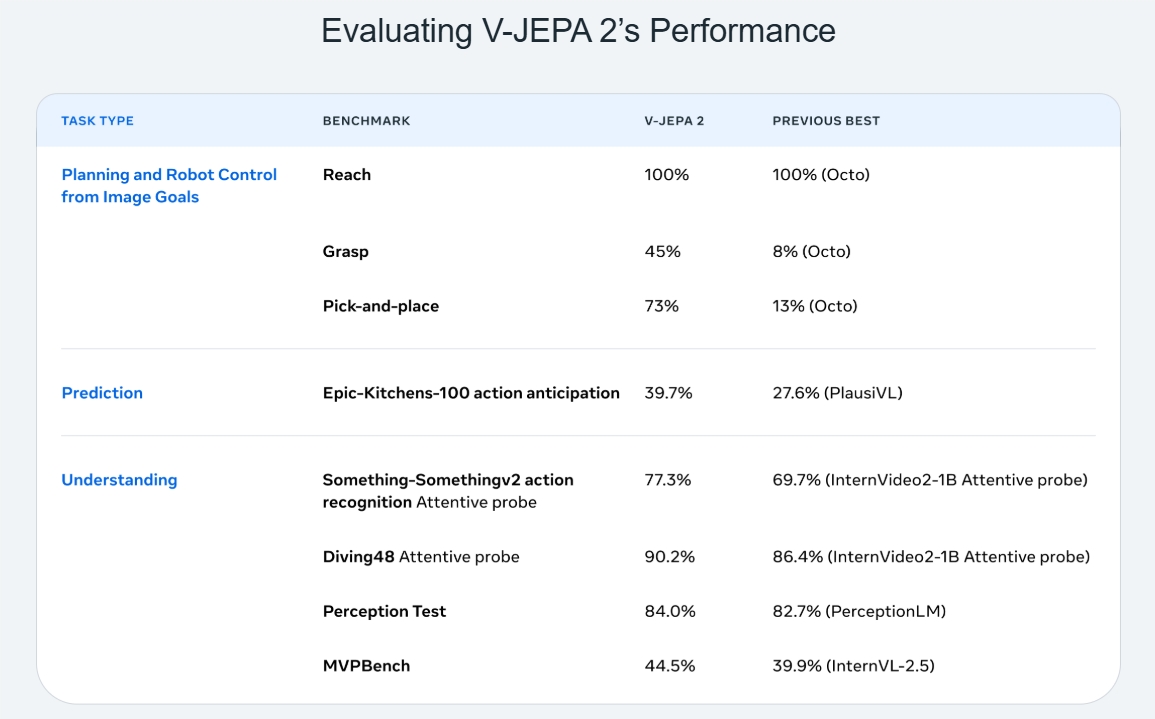Meta's V-JEPA2 Model Enables Robots to Adapt to New Environments
Meta has unveiled its groundbreaking V-JEPA2 artificial intelligence model, representing a significant leap forward in robotic adaptability. Unlike traditional language models that struggle with real-world physical interactions, this new system enables robots to understand and manipulate objects in completely unfamiliar environments.

The secret lies in V-JEPA2's unique "world model" architecture. By analyzing over one million hours of unlabeled video footage and 62 hours of specialized robot operation videos, the system develops an intuitive understanding of physical interactions. This two-stage learning process allows robots to predict outcomes and plan actions without prior exposure to specific objects or settings.
What sets V-JEPA2 apart is its "zero-shot" learning capability. When presented with a new task, the model runs internal simulations to evaluate potential actions, then selects the most effective approach. Early testing shows impressive success rates between 65% and 80% when handling completely unfamiliar objects - a remarkable achievement in robotic adaptability.
Industrial applications appear particularly promising. Imagine warehouse robots that can instantly adapt to rearranged inventory or manufacturing systems that require minimal reprogramming when production lines change. The technology could dramatically reduce downtime and increase flexibility in logistics operations.

Beyond physical robotics, V-JEPA2's predictive capabilities could revolutionize digital twin technology. Companies might create hyper-realistic virtual environments for testing new processes or training other AI systems with unprecedented accuracy.
Meta has taken an open approach by releasing both the model and its training code publicly. This move encourages community collaboration toward developing AI systems that can understand, plan, and execute tasks with human-like adaptability across diverse environments.
Key Points
- V-JEPA2 enables robots to manipulate unfamiliar objects in new environments without additional training
- The model achieves 65-80% success rates through internal simulation of potential actions
- Industrial applications could transform logistics and manufacturing flexibility
- Digital twin technology may benefit from enhanced predictive capabilities
- Meta has released the model openly to accelerate community development